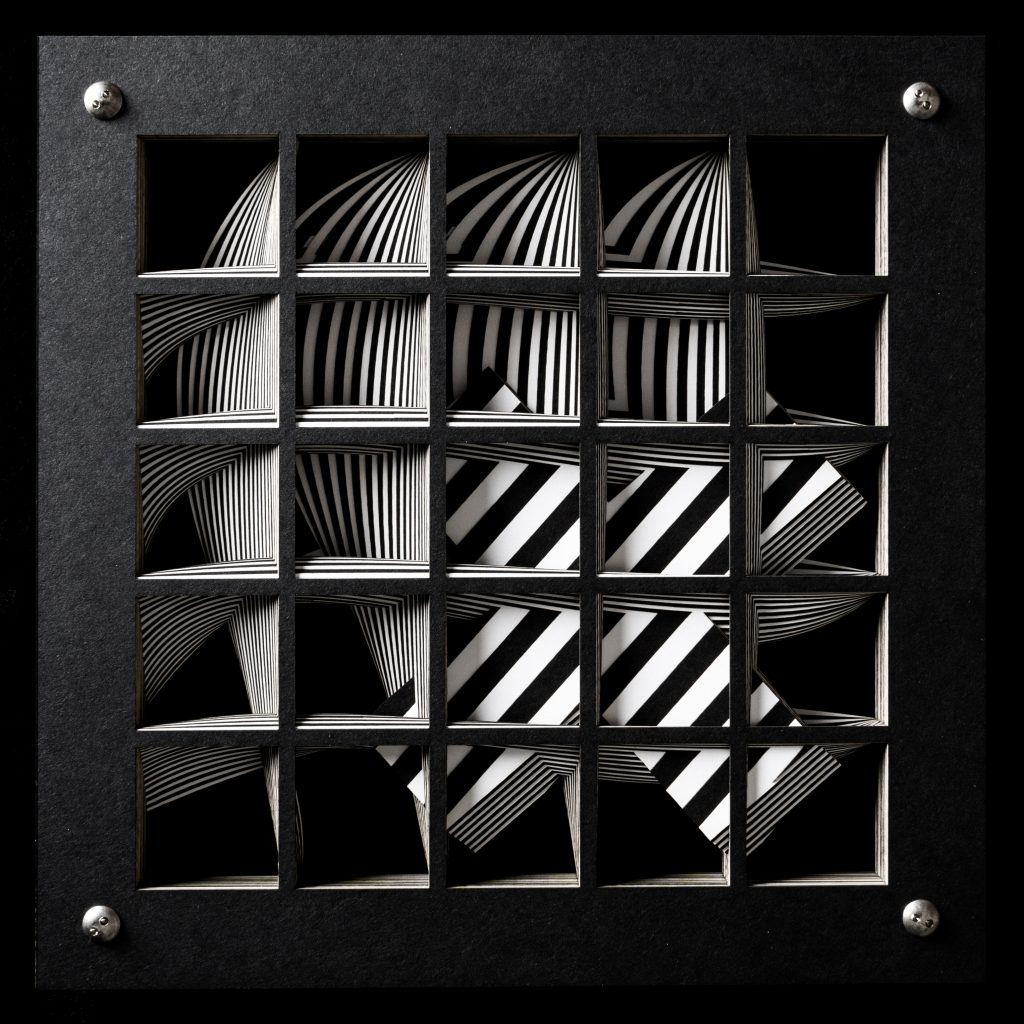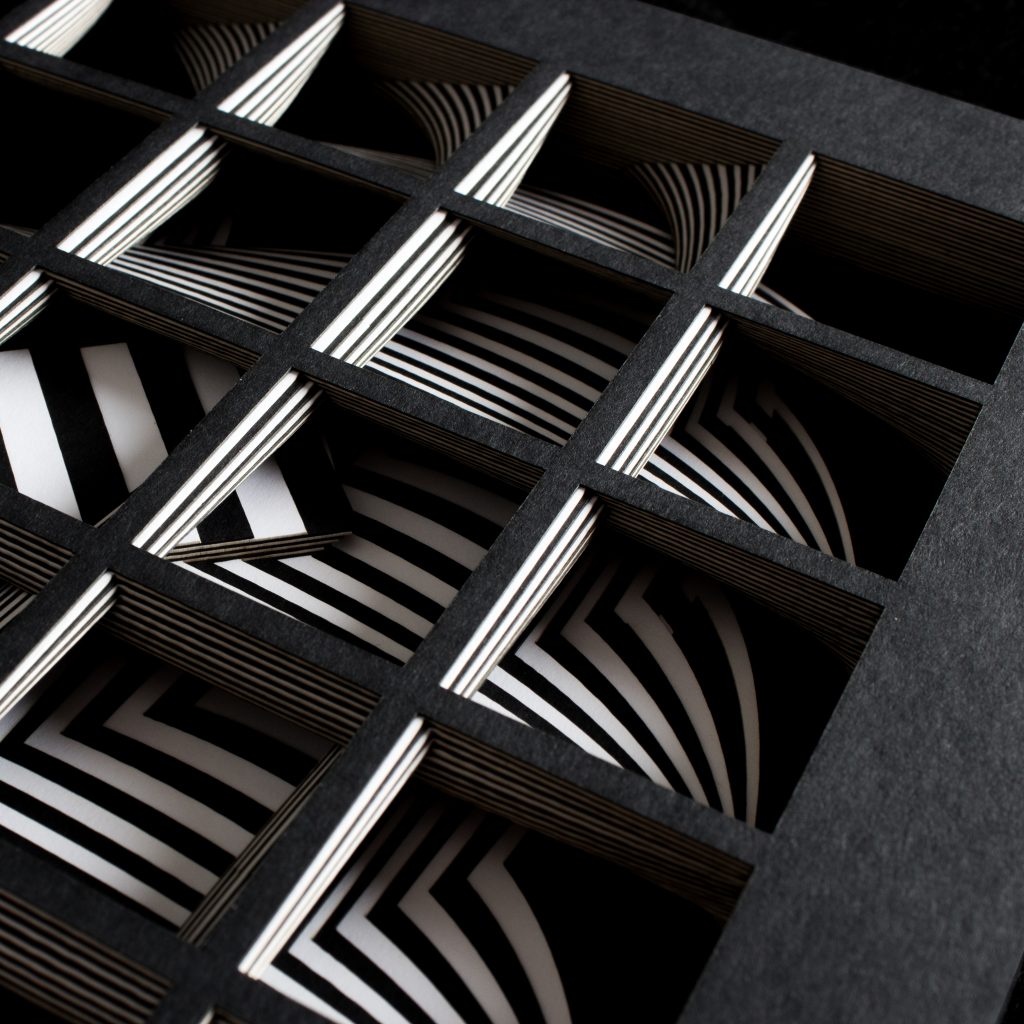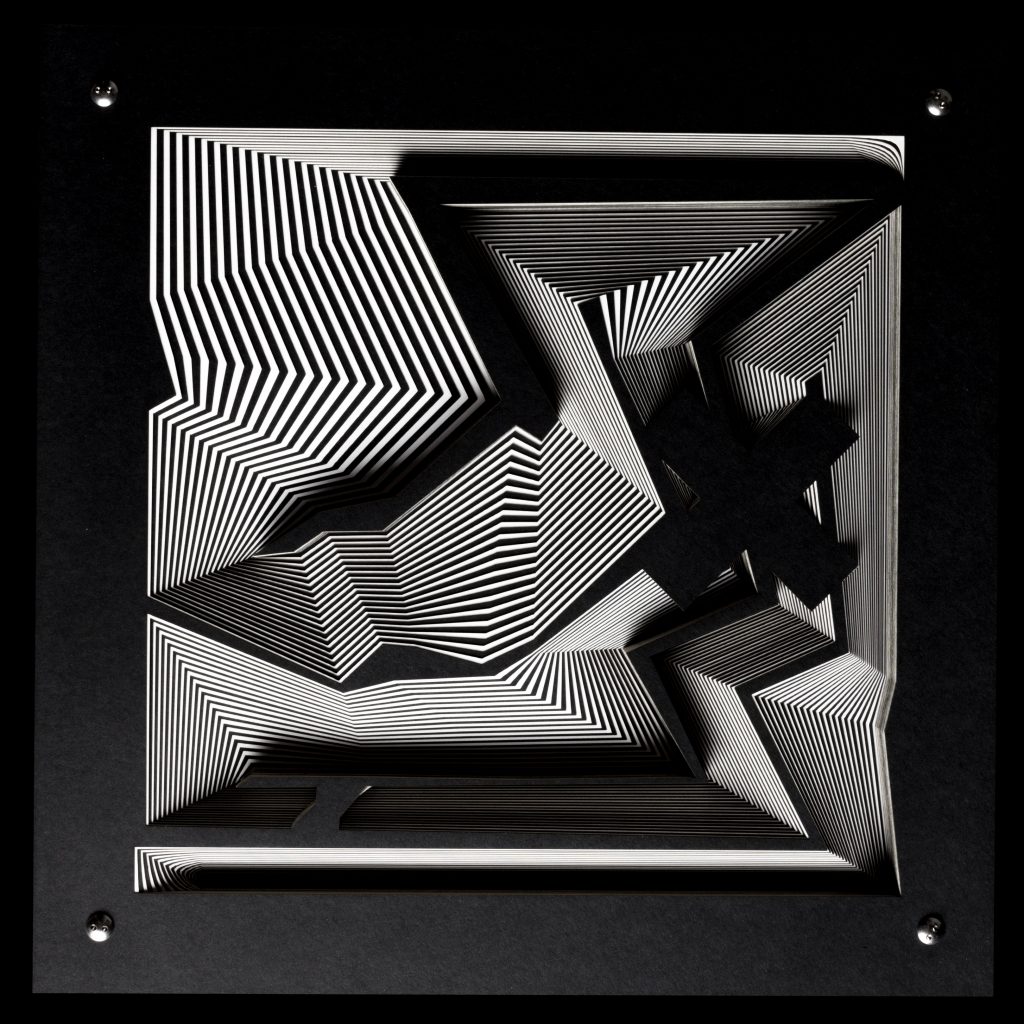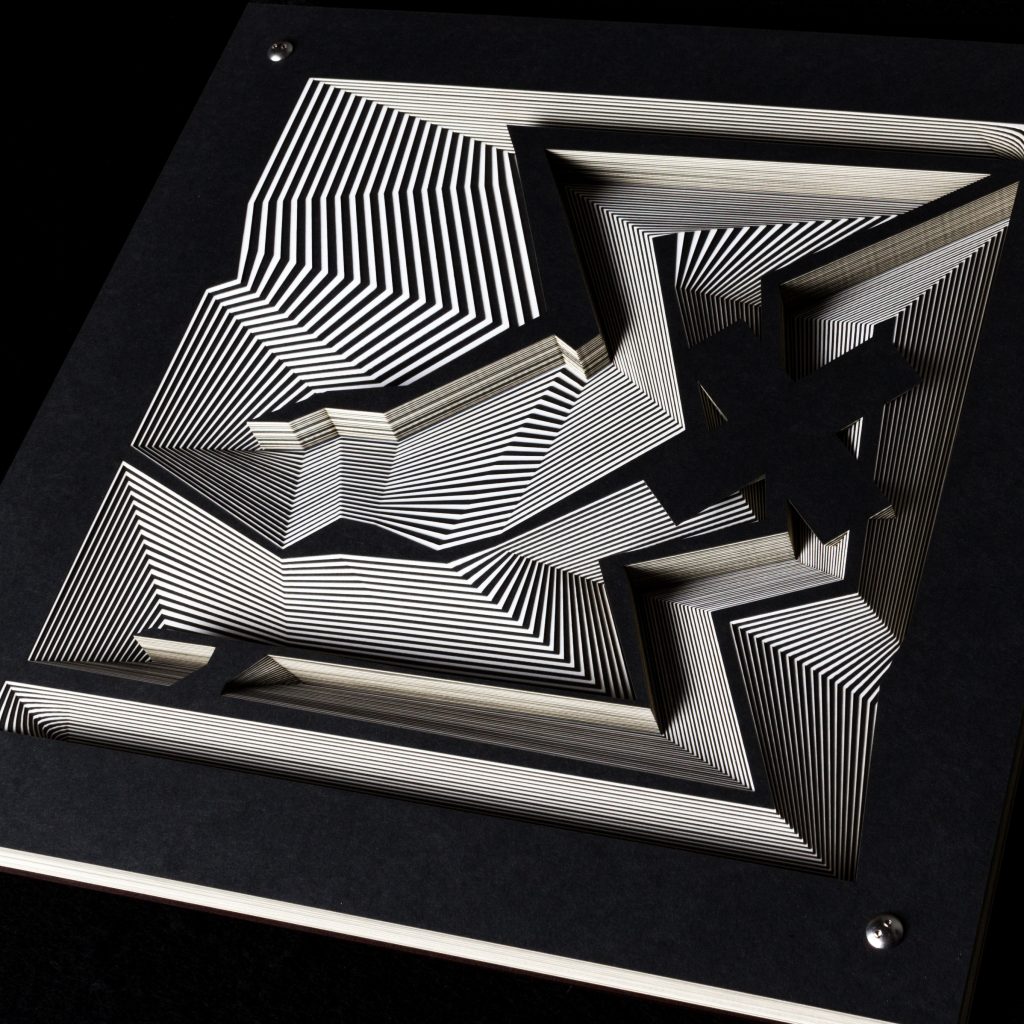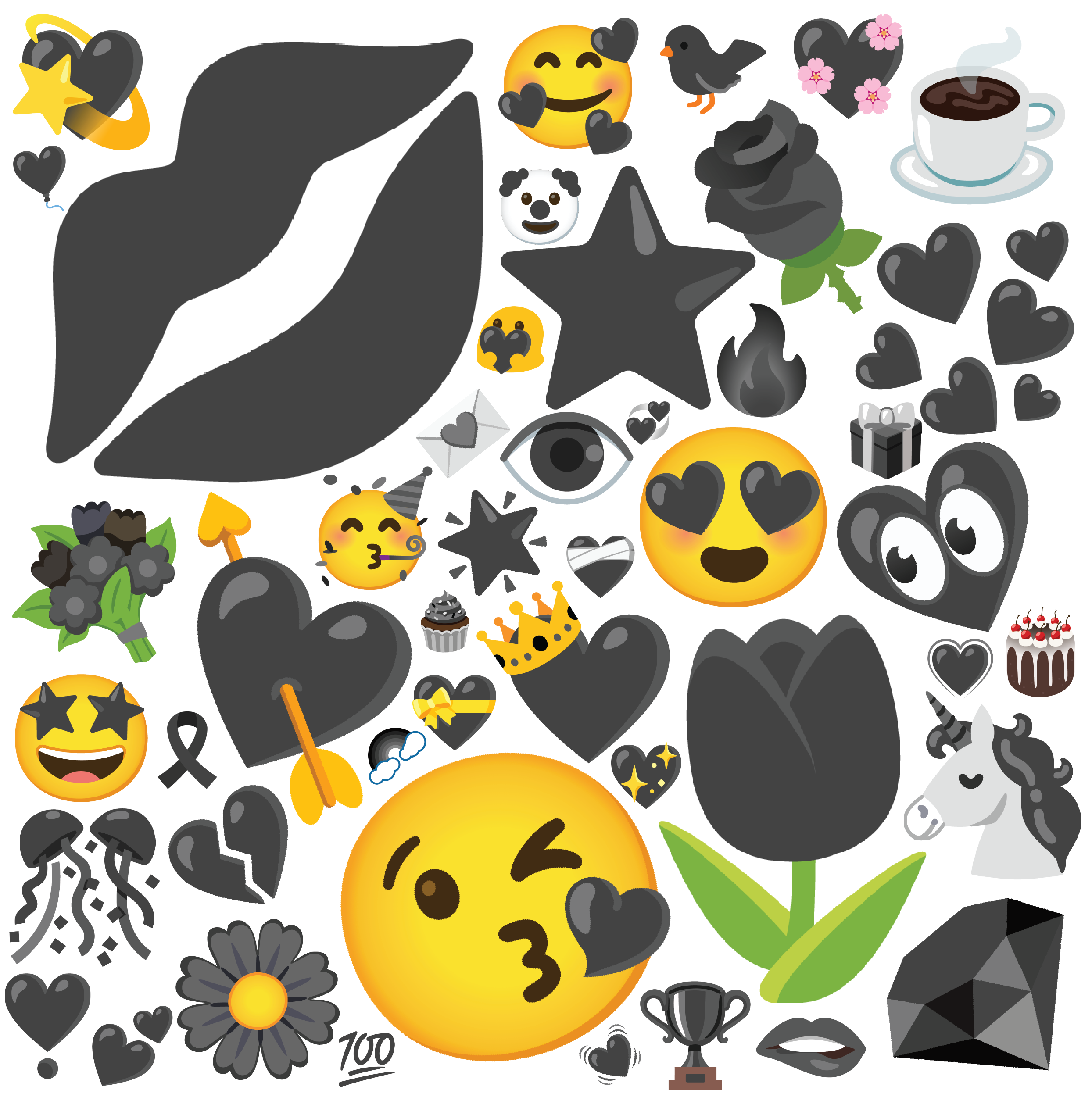Jake Barton is the founder of Local Projects, a media and physical design firm which specializes in creating interactive experiences. He is interested in the process of learning and memory: namely, escaping from the typical classroom method of lecture and memorization. Instead, he argues that we learn with our hands. The tools we use don’t just aid us, they inform our learning and actions. How can we engage in storytelling? Can we travel through time? Who tells the story? For example, in the 9-11 museum (designed in part by Local Projects), visitors hear oral histories from a vast array of different people. Visitors can participate by recording their own stories and memories, which are added to the museum archive, then shared and synthesized, thus making the memories more powerful.
In presenting the projects, Jake Barton reviews the core intents of the experience, then demonstrates these in practice by showing clips of people interacting with and reacting to the installation. This solidifies the otherwise lofty goals as educational aims that are truly attainable through great interdisciplinary design and storytelling.
As a student of architecture, learning design, and history, the engaging work of Local Projects fascinates me. Individuals can be active participants both in history and in their own learning process, rather than being silent receptacles of segmented facts.
![[OLD SEMESTER] 15-104 • Introduction to Computing for Creative Practice](../../../../wp-content/uploads/2023/09/stop-banner.png)
